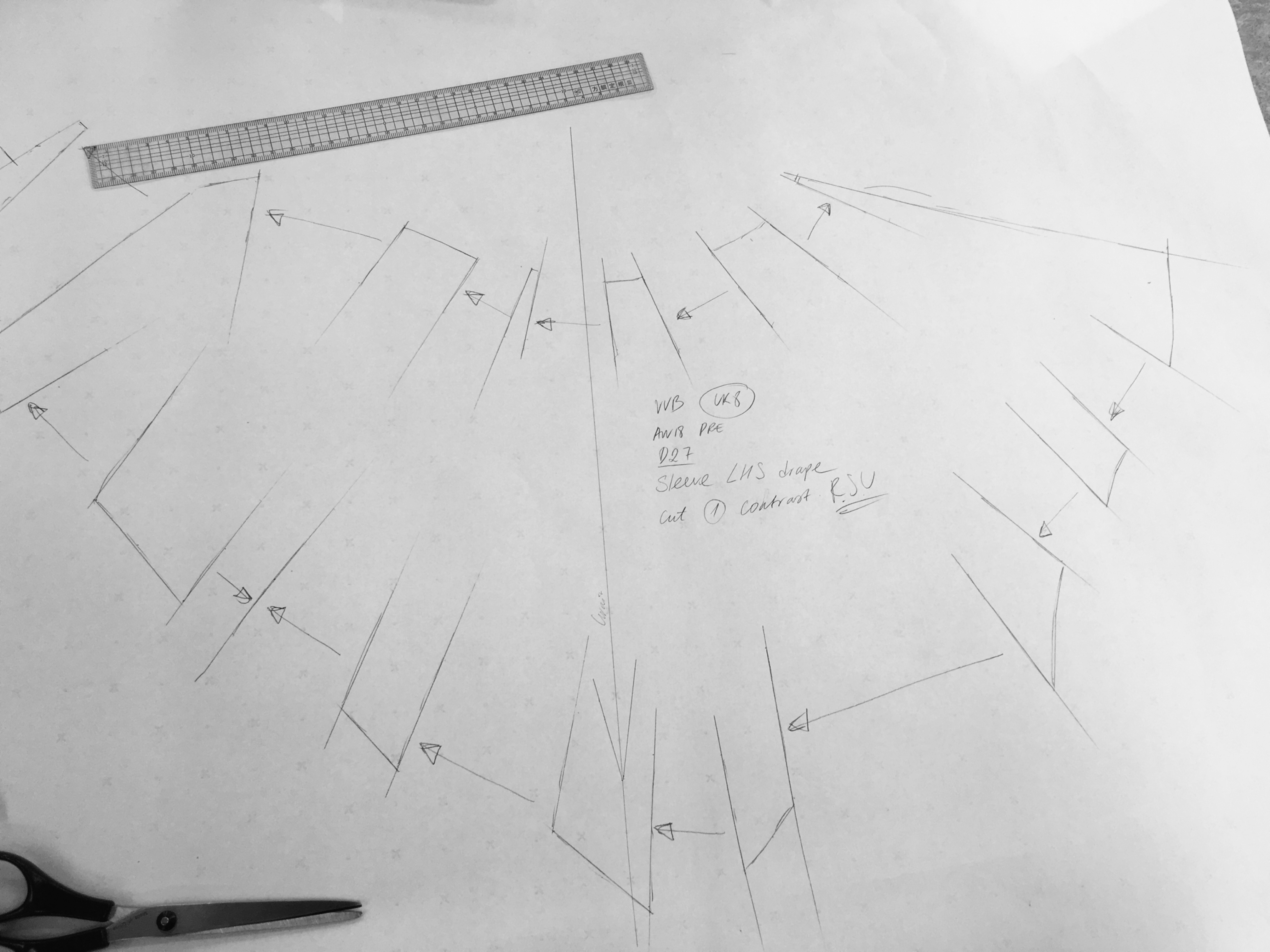Why Learn Draping If You Already Draft Flat?

And why digital isn’t the whole answer.
If you're a trained pattern cutter who drafts flat, you might be wondering: why bother learning drape?
After all, you’ve mastered the blocks, the measurements, the method. You can get a basic pattern down faster than most designers can finish their sketch.
But flat drafting — while essential — only takes you so far.
Flat Works for Function. Draping Works for Form.
Flat drafting is fantastic for technical garments and foundational shapes. It’s systematic, structured, and repeatable.
But when it comes to expressive, sculptural, or body-conscious work — the kind that moves and breathes with the fabric — flat methods hit a wall.
Draping allows you to design and cut at the same time. To *feel* the shape rather than calculate it. It brings a kind of 3D fluency that flat pattern making can’t always reach.
The Digital Temptation
Right now, there’s a growing wave of pattern cutters enrolling in digital fashion courses — like Clo3D. And for good reason. Fashion, like every other industry, is becoming more digital.
But here’s the thing: most startups, especially in London, don’t have their own digital infrastructure. They’re not running 3D prototyping software or full production teams. They’re small. They outsource grading and digitising.
What they *really* need — and what they often can’t find — are people who can work hands-on with the designer, build shape on the stand, resolve complex silhouettes, and cut for real bodies in real time.
Learning digital systems is valuable — but only when it’s rooted in reality. Learning Clo3D or any other 3D software is learning a tool — a powerful one — that you can only truly master when you already understand how fabric behaves in the real world.
Digital skills should *build on* your intuition, not replace it. If you’ve draped on the stand and problem-solved fit in the studio, then you enter the digital space with a superpower: you’re not guessing what fabric might do. You know.
That’s how you stand out — not as a technician, but as a creator who moves between the physical and digital worlds with full fluency.
Drape Is Still the Couture Standard
In the couture world, draping isn’t optional — it’s the starting point.
Every curve, twist, bias fall, and engineered line starts on the stand. Because the fabric itself — and how it behaves — becomes part of the design.
If you want to cut for red carpet clients, custom orders, creative collaborations or runway looks that *do more* than sit flat — drape is the tool that gets you there.
Become More Than a Technician
Adding draping to your skill set doesn’t replace what you already know — it amplifies it.
It gives you creative authority in fittings. It allows you to shape more intuitively. It turns you into the kind of pattern cutter who isn’t just reliable, but irreplaceable.
Because when a designer walks in with a vague sketch and says, “I want it A-line but straight?” — you’ll be the one who can drape it, show them what that actually looks like, and adjust it on the spot.
(Let’s be real — some designers don’t have the mental RAM to visualise what they’ve drawn or saved from Pinterest. That’s where you come in.)
Written by Arena Page

